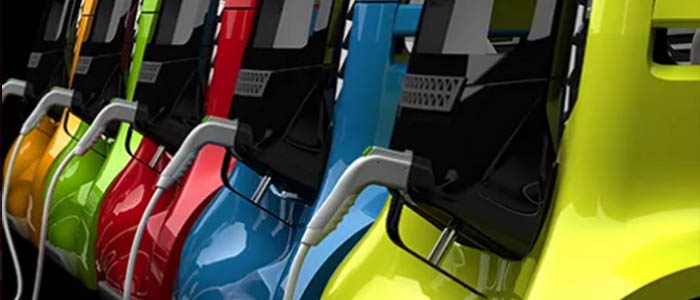There is considerable confusion around how the super material graphene can revolutionize electric vehicle batteries and supercapacitors.
The debate centers on graphene flakes versus graphene sheets. Graphene flakes have gotten a raw deal on Twitter and elsewhere because of the high hurdles to producing a different material – graphene sheets. The two are made using vastly different processes!
Graphene flakes can be produced by separating the atomic layers of graphite. Avadain has a simple, proven and reliable process to separate the atomic layers of graphite into graphene. Avadain’s process uses environmentally friendly electrochemical exfoliation and expansion, which is currently being upscaled to mass production.
Graphene sheets are complex to produce, difficult to handle and challenging to scale. The predominant method of producing graphene sheets is chemical vapor deposition (CVD) using a carbon rich feedstock (such as the greenhouse gas methane). There are a host of challenges with CVD, including the use of dangerous chemicals, complex machines and multistep chemical reactions with unforgiving process parameters. CVD can cause contamination of the substrate that creates unintentional doping, boundary area control and poor consistency in the boundary carbon alignment, and challenges in separating the graphene sheets from the CVD substrate (typically made of increasingly scarce and expensive copper). These and other challenges are not trivial issues to overcome to achieve large scale production!
But this begs the question – why would an electric vehicle battery company or supercapacitor manufacturer want to use graphene sheets instead of graphene flakes?
With respect to electric vehicle batteries, high quality graphene flakes have been demonstrated in a variety of applications, including anodes and cathodes. Graphene flakes offer superior electrical conductivity, mechanical flexibility, chemical and thermal stability, significantly faster charge rates and prolonged cycle life. Graphene flakes in anodes and cathodes has also been demonstrated to block the release of oxygen into the electrolyte, which is a significant cause of thermal runaway fires. A little further into the future are graphene-enhanced separators and graphene-enhanced capacitance materials.
Avadain’s graphene flakes have been demonstrated to provide superior benefits in a supercapacitor. Adding 0.50% of Avadain’s graphene flakes to a supercapacitor enabled very rapid charging/discharging, 100% depth of discharge & increased power density. It also enabled constant specific capacitance as the discharge current increases, whereas other flakes had declining specific capacitance.






